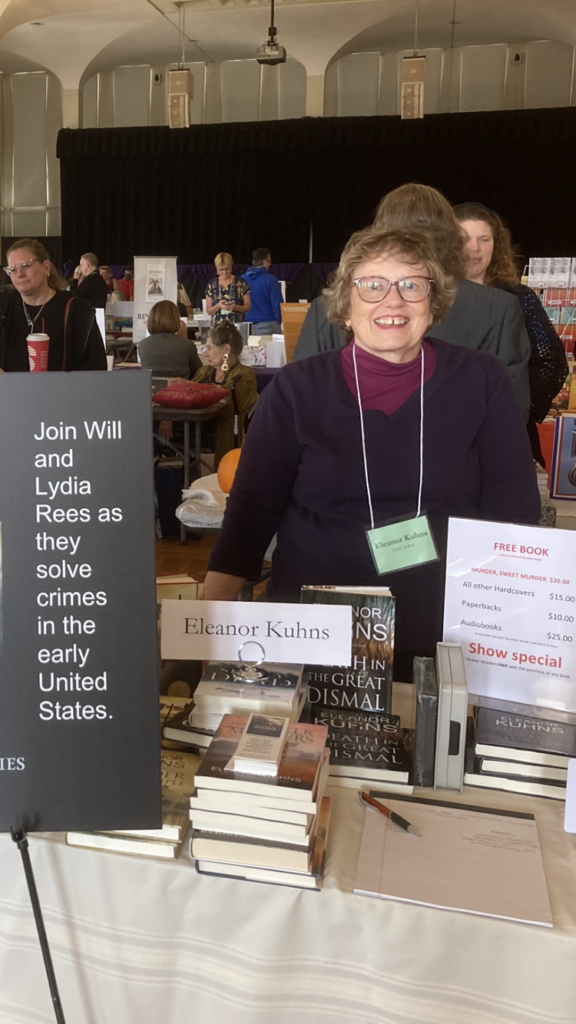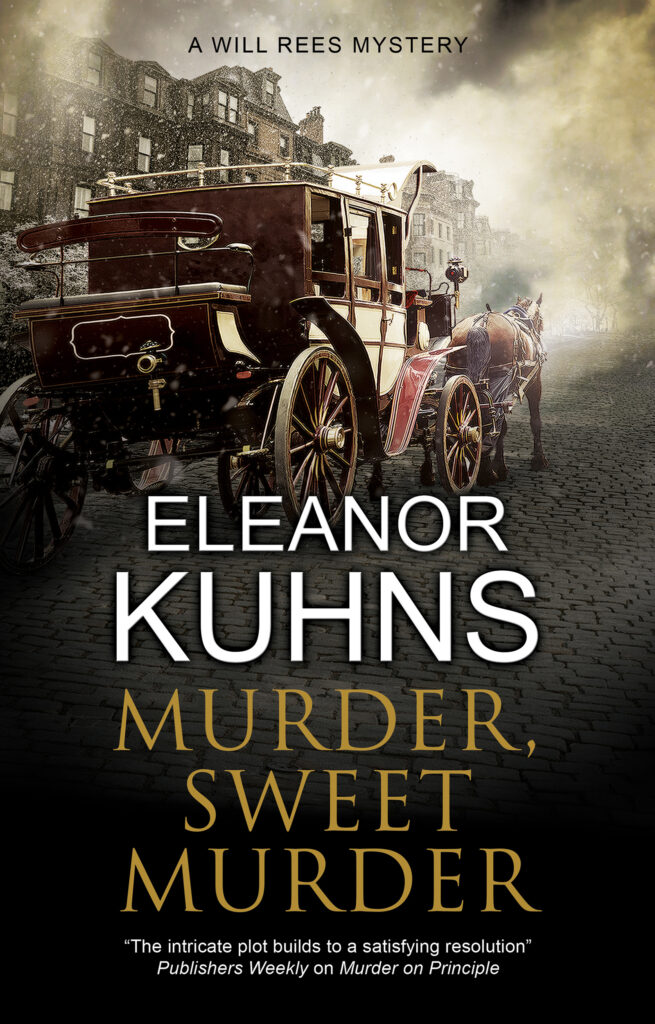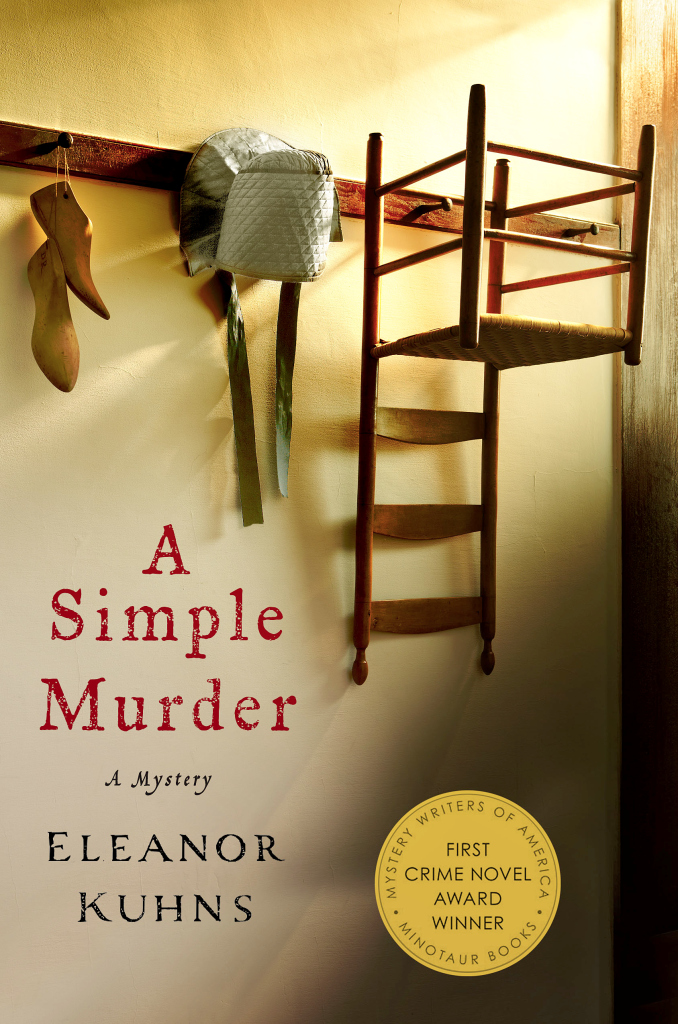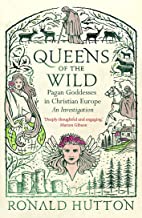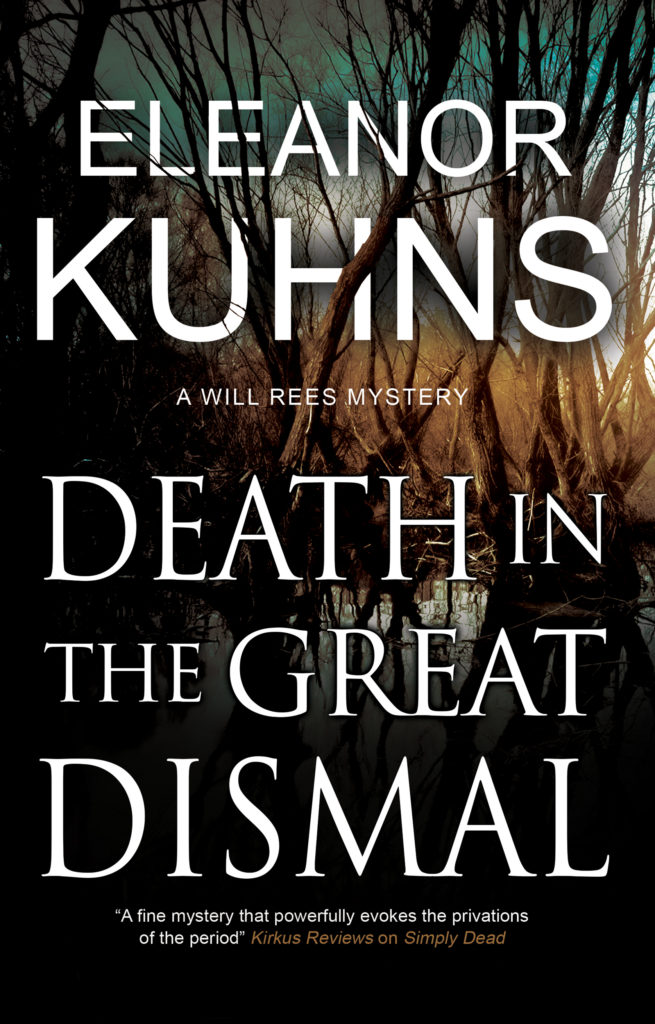We take so many Christmas customs for granted that we may assume that they have always been enjoyed. Not so. A visit to Colonial Williamsburg, for example, reveals a village decorated with candles and evergreen boughs. Where are the trees splendid with glittering ornaments? Where are the Christmas cards? Where are the representations of Santa Claus?
From its early days, Christians celebrated the Nativity. The giving of presents, the decoration of the houses with evergreens, the suspension of enmity and the proclamation of peace were all features of the festival right from the beginning. (That is, with some interruptions. The Puritans thought the celebrations took away from the worship of God and banned all jollity.) Some of the customs common during this period aren’t so familiar to us now. The Lord of Misrule? What does that even mean? ( The Lord of Misrule was usually a servant or a slave who presided over the Christmas revels. He had the power to make anyone do anything during the season. )The switching of masters and servants ? That is something foreign to us now.
It is true some of our traditions have roots stretching back to antiquity. Caroling, for example, has been a feature of the season since the middle ages. Wreaths also have a long history. The Etruscans used wreaths, a tradition that continued into Ancient Greece and Rome. The different plants symbolized different virtues. Oak leaves meant wisdom. Laurel leaves were used to crown winners. Our evergreen wreaths are constructed of evergreens to represent everlasting life. The Advent wreath, with its white candles, was first used by Lutherans in Germany in the 16th century.
What about the hanging of stockings?
Well, this tradition has a long history. According to some historians, this is a custom that stretches all the way back to Odin. Children put out their boots filled with food for Odin’s horse to eat and Odin would reward them with gifts or candy. Like so many pagan customs, the practice was adopted and Christianized. Hanging stockings became connected with Saint Nicholas.
So, let’s talk about Old Saint Nick, known in the US as Santa Claus.
The modern Santa Claus grew out of Saint Nicholas, a fourth century bishop, as well as the German Christkind and the Dutch Sinterklaus. Christmas had been personified -made into a person – as early as the fifteenth century but the modern Santa Claus in his red suit is a nineteenth century creation that has been added onto over the years. Now even several reindeer have names, courtesy of the poem “The Night Before Christmas” (originally titled “A visit from Saint Nicholas) by Clement Clarke Moore. The Santa Claus so beloved of today’s children was not invented until the nineteenth century.
Other nineteenth century inventions include the Tree, the lights on the tree and Christmas cards, The tree was a custom in Germany and arrived in England with Prince Albert. Although known in England before Queen Victoria married Prince Albert, it did not achieve its popularity until the Queen adopted it. Like so many British customs, this one crossed the Atlantic and now who can imagine the holiday without a tree?
Our Christmas lights are descended from the candles used to decorate the tree in Christian homes in early modern Germany. And the first commercial Christmas cards were not created until 1843. Again, that custom began in England. Cards did not cross the Atlantic to the United States until 1874.
Nutcracker dolls were known as early as the seventeenth century but were not connected to Christmas until later.
So Will Rees and his family would not have been familiar with most of the customs we think of as essential to the celebration of the holiday. And more customs continue to be created. In my family, the holiday is not complete without a showing of National Lampoon’s Christmas Vacation. The elves (Santa’s elves that is) make regular visits to the kids and leave little gifts.

